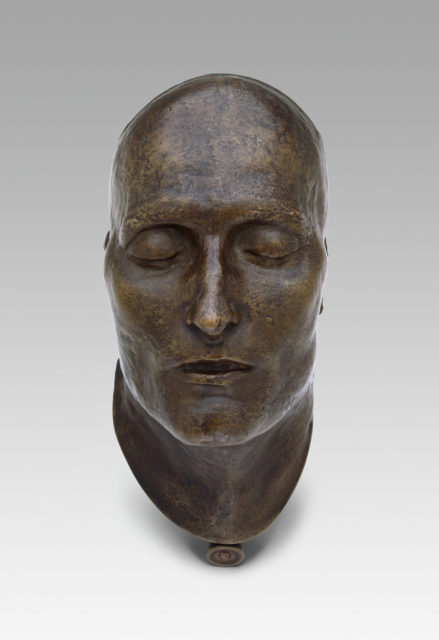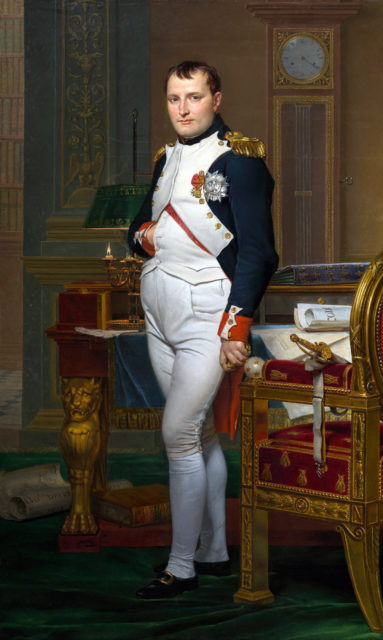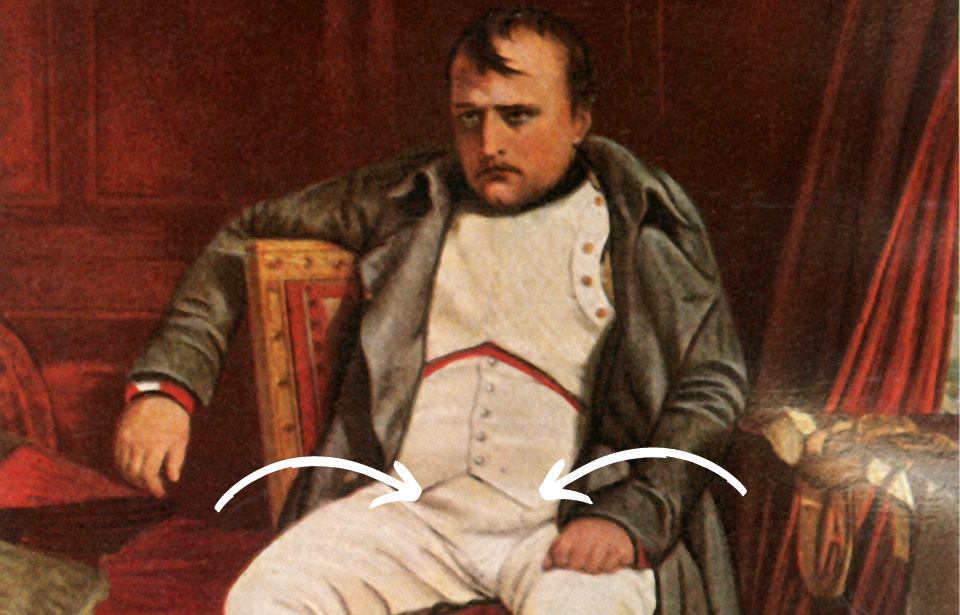Napoleon Bonaparte was successful in conquering a large chunk of Europe during his campaigns. However, in later years he lost momentum and support and was sentenced to exile. Napoleon lived out his last years in exile, and following his death, an important part of the man’s body was taken from him. This humble organ spent the next hundred years traveling the world and exchanging owners, and now belongs to a private collection. Only a very lucky few get to see it for themselves.
Napoleon’s member was removed during his autopsy

In 1815, Napoleon was exiled to Saint Helena Island in the Atlantic Ocean off the coast of Africa. He died there on May 5th, 1821 when he was 51 years old. He’d suffered from multiple gastrointestinal problems. There was some controversy surrounding his death, as many believed that he was poisoned. Following an autopsy, however, it was concluded that he actually died from stomach cancer.
His doctor, Francesco Antommarchi, performed the autopsy, and he took great care to gently remove his heart and intestines as well as create Napoleon’s death mask. However, Antommarchi also removed other things from the former leader’s body. As described by a witness, the doctor had “[taken] advantage of a moment when the eyes of the English were not fixed on the body, had taken two little pieces from a rib.”
These pieces of rib were not the only souvenirs he took with him. Antommarchi amputated Napoleon’s penis. No one knows why he decided to remove the organ, but after its removal he handed it over to Ange Vignali, a priest who took the organ with him to the island of Corsica.
The organ made it to American territory

Vignali remained its owner until his death, when his family then chose to sell the organ to the London antiquarian bookseller, Maggs Bros. Ltd. Eventually, the dealer chose to resell it. In 1924, Napoleon’s penis was sold to a man named A.S.W. Rosenbach. Rosenbach, a resident of Philadelphia, brought the organ to the United States. That year, the Rosenbach Company compiled the Description of the Vignali Collection of Relics of Napoleon, which included the body part along with other artifacts.
The document described the item as “a mummified tendon taken from Napoleon’s body during the postmortem.” By 1927, the collection had gained so much traction that multiple items, including the little organ, were put on display in New York at the Museum of French Arts.
Described as “very small,” the penis measured an unassuming one-and-a-half inches. By this point, the item was over a century old and was not holding up well. In fact, it was compared to a “maltreated strip of buckskin shoelace” and a “shriveled eel.” After its run at the museum, it was sold to a New York lawyer named Donald Hyde who in turn sold it to a man named John Fleming.
The French government didn’t want it

At some point in its exchange of hands, Napoleon’s penis was offered to the French government. Perhaps the person who proposed it believed it should be brought back to French soil, the motherland of its rightful owner. However, the country did not accept it. As described by Tony Perrottet, author of Napoleon’s Privates: 2,500 Years of History Unzipped, “They wouldn’t have anything to do with the penis.”
Fleming then sold the organ to another dealer named Bruce Gimelson. Changing owners yet again, Gimelson sold Napoleon’s appendage to John J. Lattimer, a urologist, in 1977. This time, the diminutive organ was fully appreciated, as Lattimer had collected a number of macabre artifacts, including Abraham Lincoln’s blood-stained collar and upholstery from the limousine President John F. Kennedy was assassinated in.
Lattimer was proud to own the body part, but believed that “fun was being poked at it, that it was an object of derision.” As such, he kept the item hidden under his bed in his New Jersey home and refused to showcase it to anyone except a small group of people close to him.
Its current owner will not allow many people to go see it

When Lattimer died in 2007, Napoleon’s penis was handed down to his daughter, Evan Lattimer. In 2014, she decided that she was going to follow in her father’s footsteps and keep the organ hidden from the public. She does not allow it to be filmed or photographed. “Dad believed that urology should be proper and decent and not a joke,” Evan explained.
More from us: The ‘Shlong’ Awaited Reopening of Lord Byron’s Vault Revealed a Shocking Secret
However, Evan did make an exception for author Tony Perrottet, to whom she granted permission to view the penis. He said the item is “sort of a symbol to me of everything that’s interesting about history. It sort of combines love and death and sex and tragedy and farce all in this one story.”
